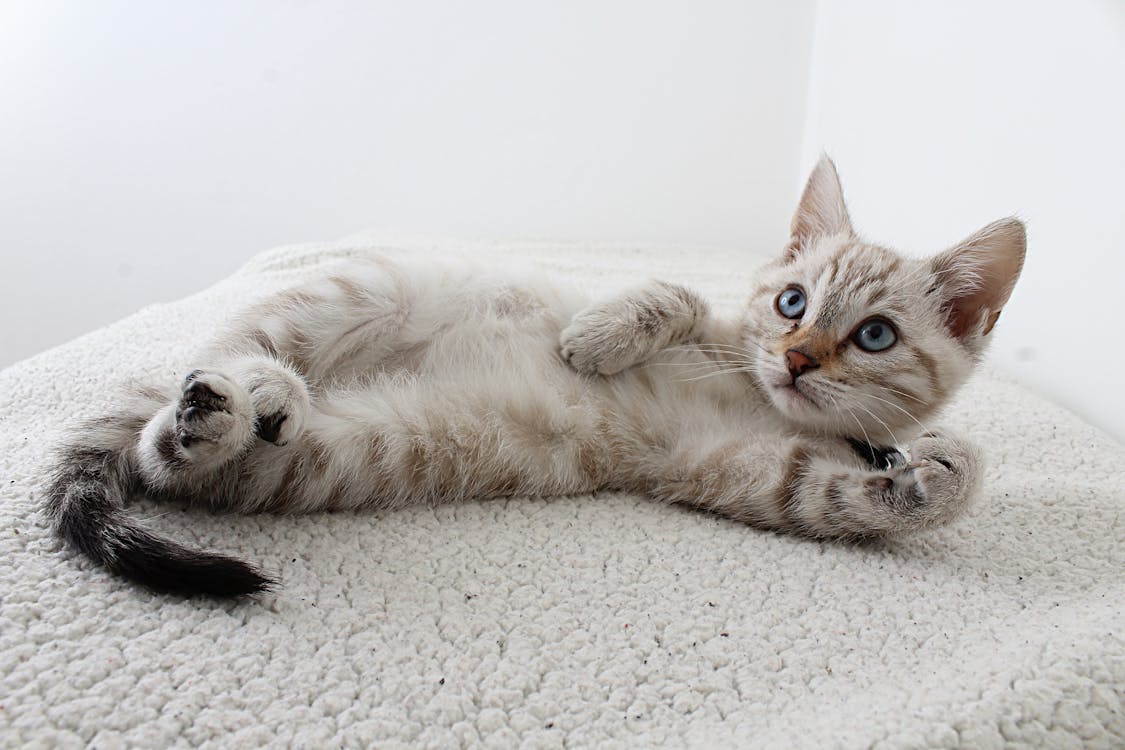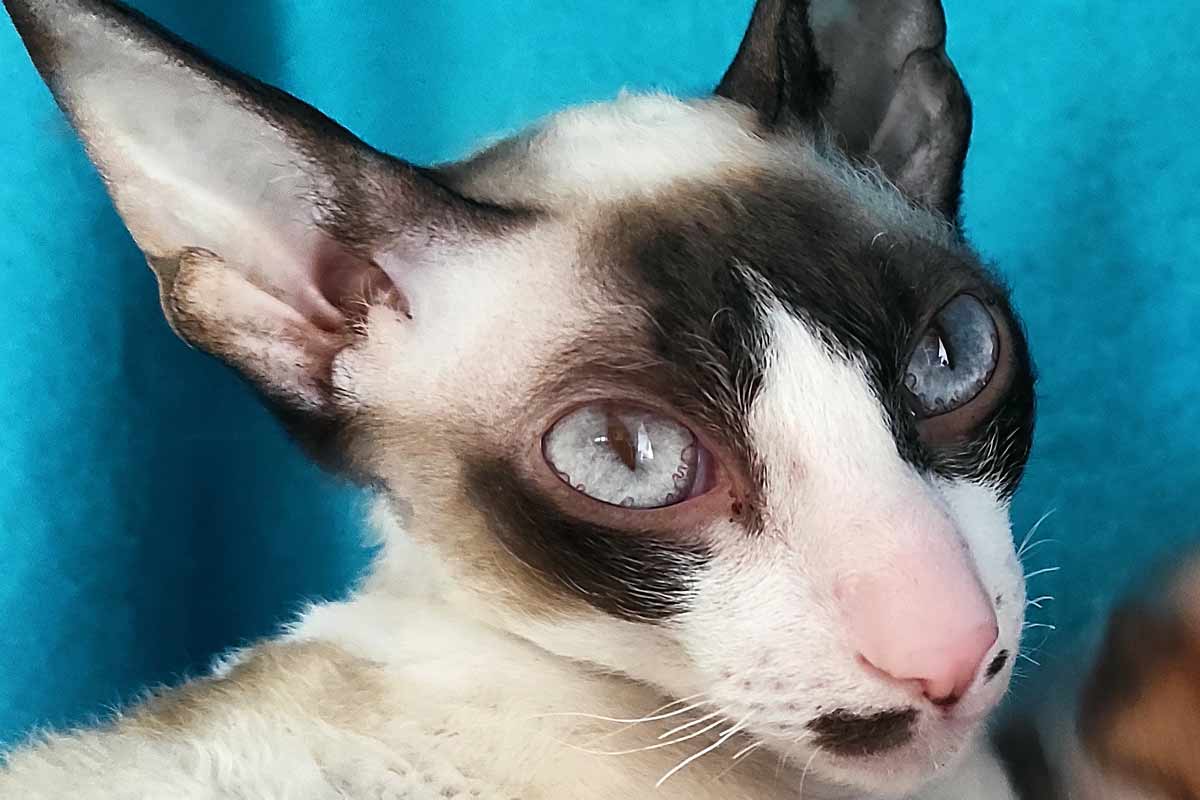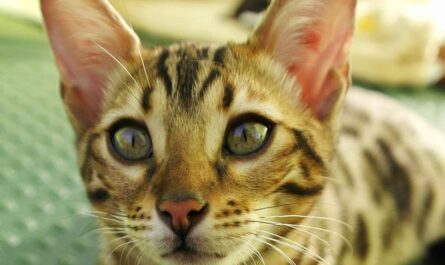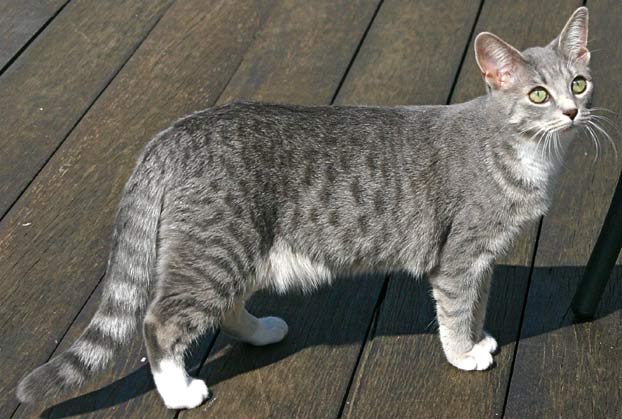Do cats have emotions like humans or dogs? Cats, often unjustly labeled as indifferent and ‘none of your business’ type pets, face a common misperception, particularly from those who are not fervent cat enthusiasts. To the uninitiated, these feline creatures may appear aloof and disengaged, reinforcing a stereotype that fails to capture the depth of their personalities. In the absence of exhaustive research into the intricacies of a cat’s brain and emotional responses, drawing a definitive line of defense regarding their emotional intelligence proves elusive. Cats, in their mysterious and unique way, continue to defy easy categorization, leaving the realm of feline emotions an uncharted territory awaiting further exploration.
The Enigma of Cat Emotional Intelligence
In the intricate realm of emotional intelligence, a domain not confined to human experience, the enigma of cat emotional intelligence stands as a captivating puzzle. In contemporary society, where success is multifaceted, extending beyond the realms of academic achievement to encompass emotional acuity, pets emerge as influential guides. Traditionally, dogs have been heralded as maestros of emotional intelligence, particularly in refining the emotional responses of both children and adults. However, recent revelations thrust cats into the spotlight, challenging conventional assumptions and illuminating the depth of their emotional prowess.
Unraveling Emotional Intelligence in Cats
Before embarking on an exploration of feline emotional intelligence, it is imperative to elucidate the contours of this intricate quality. Emotional intelligence, a multifaceted tapestry, entails self-awareness, astute emotional regulation, and a profound comprehension of the emotional landscape of others. This amalgamation cultivates not only moral values but also superior social skills, forming the bedrock of effective and harmonious interactions within the complex social fabric.
The Darwinian Perspective on Emotional Exchange
To unravel the emotional intelligence enigma in cats, a historical journey through the lens of Charles Darwin becomes indispensable. More than a century ago, Darwin, a luminary in the exploration of emotions, posited a perspective that transcends the spoken word. He proposed that emotional exchange, far surpassing the confines of verbal communication, finds its zenith in non-verbal cues. In this intricate dance of emotions, the countenance emerges as the principal conveyor of profound information. Darwin’s insights challenge the conventional emphasis on language as the primary vessel for emotional expression, paving the way for a more nuanced understanding of the emotional dynamics in the animal kingdom, including our feline companions.
Feline Minds vs. Canine Brilliance
The expansive landscape of canine cognition has been a fertile ground for scientific inquiry, where researchers have meticulously unearthed layers of complexity in their mental prowess. Canine intelligence, encompassing both Emotional Quotient (EQ) and Intelligence Quotient (IQ), has been a source of fascination. Breeds like the German Shepherd and Labrador have emerged as luminaries in this canine intellectual arena, with their extraordinary emotional intelligence acting as a beacon. The allure of breeds like the German Shepherd Lab mix lies in the potential fusion of these cognitive gifts, paving the way for exceptional trainability and companionship.
The Timelines of Domestication
As the pages of history turn, the timelines of domestication reveal a fascinating tale of companionship. Dogs, with their loyal and sociable nature, stepped into the human fold approximately 30,000 years ago. This chronicle of camaraderie predates the domestication of cats by a significant margin, unfolding only about 10,000 years ago. This temporal variance has implications for the depth of our understanding of feline minds and behaviors, as the canine-civilization partnership enjoyed a head start, potentially influencing the trajectory of research and exploration into each species’ cognitive intricacies.
Decoding Feline Recognition of Human Emotions
In the shadows of canine brilliance, feline minds have often been overshadowed, but recent revelations have illuminated the subtle intricacies of their cognition. A spotlight has been cast on the surprising ability of cats to decipher human emotions. Contrary to the prevailing stereotype of feline aloofness, research has uncovered a layer of attunement in cats towards human gestures and expressions. This newfound awareness prompts diverse behaviors from cats in response to the kaleidoscope of human emotional cues, challenging preconceived notions and unraveling the rich tapestry of feline emotional intelligence.
Managing Emotions: The Cat’s Prowess
Contrary to the age-old notion that emotions are a hindrance to sound decision-making, contemporary research has unveiled a rather intriguing facet of emotional management, highlighting its pivotal role in making judicious choices. The domestic feline, with its uncanny prowess, emerges as a captivating exemplar in this arena. Astonishingly, cats demonstrate an unparalleled mastery of emotional control, strategically harnessing their various moods to efficiently tackle diverse tasks. Whether it be the pursuit of elusive prey or interactions with their human counterparts, felines navigate the intricacies of emotions with finesse, challenging preconceived notions about the relationship between emotions and decision-making.
Understanding Human Emotions: The Pet Perspective
Companion animals, spanning the spectrum from the agile feline to the loyal canine, boast an extraordinary ability to fathom and respond to the nuanced emotional states of their human companions. Cats, akin to their canine counterparts, exhibit a sophisticated understanding of human emotions. Their interpersonal finesse comes to the fore as they deftly navigate through the subtle ebbs and flows of human mood swings. Through physical contact, these perceptive pets trigger the release of bonding hormones such as oxytocin, fostering a deep connection. Simultaneously, they induce the secretion of endorphins, the body’s natural feel-good chemicals, contributing to a harmonious pet-human relationship.
Self-awareness of Emotions in Cats: A Puzzle
The elusive concept of self-awareness in feline emotions continues to bewilder researchers, giving rise to a tapestry of conflicting perspectives within the scientific community. Some proponents argue that cats possess a profound understanding of their own emotional states, strategically leveraging this awareness to make calculated decisions in various situations. On the other hand, skeptics posit an alternate view, suggesting that while cats may not fully grasp the intricacies of their own emotions, they exhibit a remarkable ability to recognize and respond to the emotional cues emanating from their human counterparts. This astute awareness triggers discernible changes in their own body language, adding an additional layer of complexity to the intricate tapestry of feline emotions.

Other Interesting Articles
- How To Take Care Of A Kitten: A Guide For New Pet Owners
- Why Do Cats Chirp? Major Reasons Behind This Cute Sound
- 10 Common Reasons Why Cats Suckle? How To Discourage
- 12 Reasons Why Cats Meow So Much: How To Mitigate
- 9 Common Reasons Why Cats Chirp or Chatter: 5 FAQs
- Cat Zoomies: Why Does A Cat Get Them? When to Call a Vet?
- Burmilla Cat Breed: Profile, Traits, Grooming, Health, Care
- Aegean Cat Breed: Profile, Traits, Grooming, Health, Care
- American Wirehair Cat Profile, Traits, Grooming, Health, Care
- American Shorthair Cat Profile, Traits, Grooming, Health, Care
- American Polydactyl Cat Profile, Traits, Grooming, Health, Care
- American Longhair: Profile, Traits, Grooming, Health, Care
- American Curl Cat Profile, Traits, Grooming, Health, Care
- Asian Semi-Longhair Cat Profile, Traits, Grooming, Health, Care
- California Spangled Cat: Profile, Traits, Grooming, Health, Care
- Burmilla Cat Breed: Profile, Traits, Grooming, Health, Care
- British Shorthair Cat: Profile, Traits, Grooming, Health, Care
- Brazilian Shorthair Cat: Profile, Traits, Grooming, Health, Care
- Bombay Cat Breed: Profile, Traits, Grooming, Health, Care
- British Longhair Cat: Profile, Traits, Grooming, Health, Care



